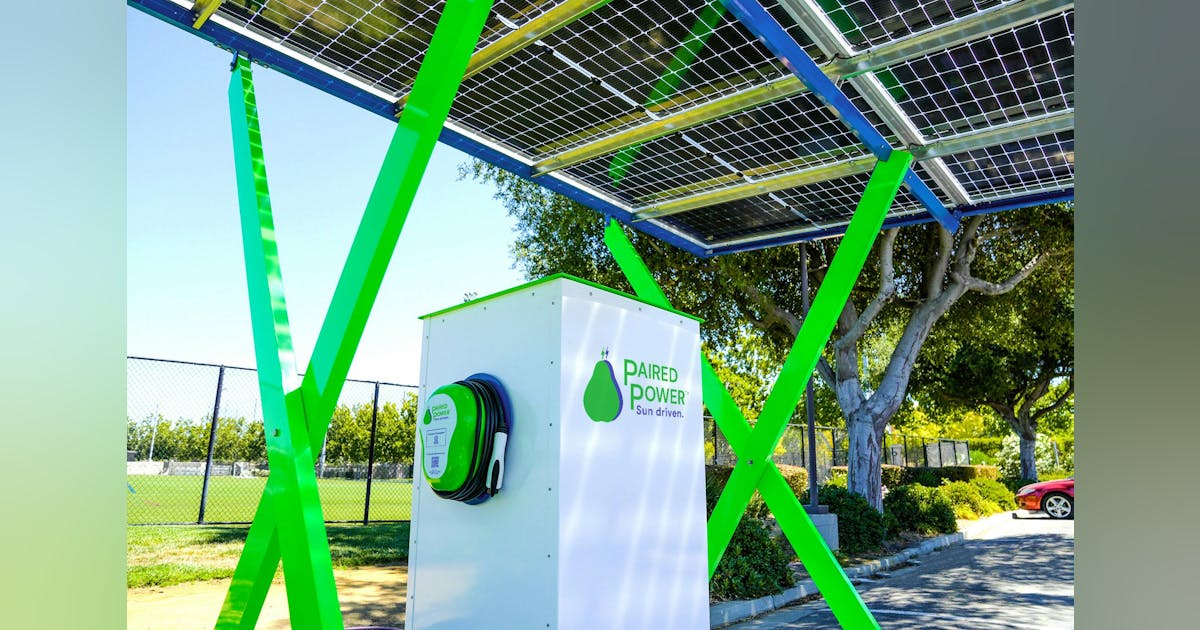Microgrids Revolutionizing EV Charging Infrastructure Across Industries
Key Ideas
- Microgrids are becoming essential for entities seeking to avoid utility interconnection delays and adopt green solutions, especially in the EV charging sector.
- California ports, wineries, and cities are investing in microgrid projects to tackle interconnection delays, meet EV regulations, and reduce carbon footprints.
- Projects like Prologis Mobility's microgrid near the Ports of Los Angeles and Long Beach and Paired Power's solar-powered microgrid for the city of Campbell showcase the effectiveness of microgrids in EV charging infrastructure.
- Microgrid solutions offer not only resilience and reduced grid dependence but also cost-saving benefits by offsetting demand charges and integrating renewable energy sources.
Wineries, cities, ports, and other entities are increasingly turning to microgrids for charging electric vehicles (EV) to bypass utility interconnection delays, reduce carbon footprints, and save money. In a recent report, electric grid limitations were identified as a major obstacle to the deployment of EV charging infrastructure for commercial electric vehicles. Nearly 80% of respondents see microgrids as a game-changing technology to drive the transition to EVs.
California's Ports of Los Angeles and Long Beach are investing in a microgrid project to charge up to 96 electric trucks simultaneously, addressing utility interconnection delays and meeting state regulations for transitioning to electric trucks. Prologis Mobility is utilizing fuel-flexible generators and batteries for this project, with a potential for future integration of hydrogen power.
Additionally, a microgrid project in Campbell, California, is providing solar electricity to the city's Public Works Service Center's first EV, combining solar power with grid electricity and energy storage to enhance resilience and reduce grid dependence. This project demonstrates the effectiveness of utilizing available grid electricity and solar power to avoid costly upgrades.
Paired Power, the company behind the Campbell microgrid, is also working on projects like a microgrid for a winery in Santa Barbara and offering PairFleet systems for larger installations to offset demand spikes, lower utility charges, and enhance sustainability. By integrating renewable energy sources and energy storage, microgrid solutions are revolutionizing the EV charging infrastructure across various industries.
Topics
Projects
Renewable Energy
Sustainability
Electric Vehicles
Energy Storage
California Regulations
Resilience
Microgrids
EV Charging
Latest News
